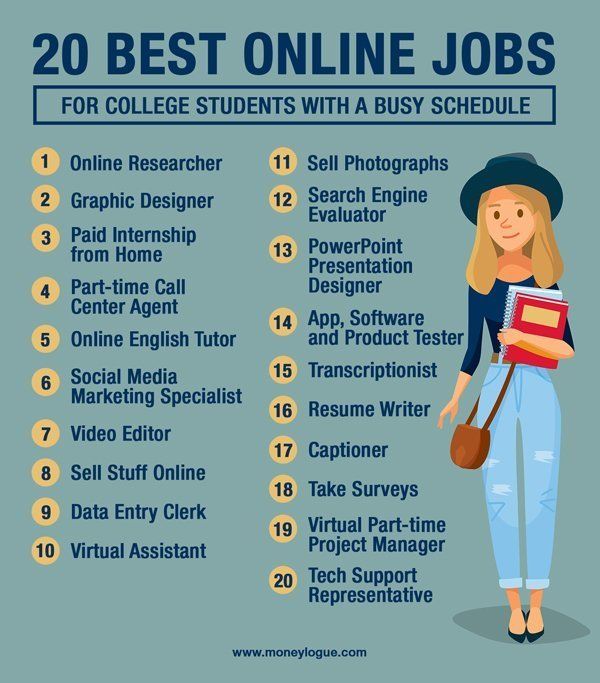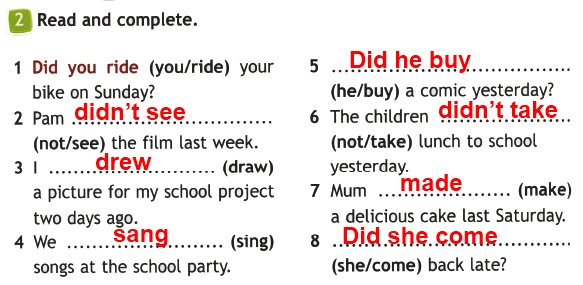How to get your child recruited for college football
How to get recruited for football
Playing college football is the dream of thousands of athletes across the country, but many families are unsure how to get recruited for football. In fact, the NCAA reports that only about 7% of high school football players will compete at the college level, and approximately 3% will play Division 1 ball. To top it off, not all football players will receive athletic scholarships.
According to NCSA survey data, there is more volatility in college recruiting across all sports (including football) and many college coaches are unsure of how exactly recruiting will play out in the near future.
Quick Links
What does it take to get recruited to play college football?
When does recruiting start for football?
The importance of star ratings in football
How does the new red shirt rule impact football recruiting?
Level set your talent and expectations
Research schools and create a target list
Create a recruiting video
Contact coaches on your target list
Evaluate your skill set
Attend football recruiting events
Manage the recruiting process
Scholarship offers and negotiations
Sign with your top school
What does it take to get recruited to play college football?
To get recruited for football, athletes need to start by researching which division levels they qualify for athletically and what kinds of schools they are interested in. Once they’ve created their target list of schools, they should start proactively reaching out to the coaches on their list. Now more than ever, college coaches are receptive to recruiting digitally and communicating with prospects online. Those who lean into this new recruiting landscape and stand out from the crowd are more likely to reap the benefits.
Even though the D1 football recruiting dead period goes through June 1, 2021, recruits can still connect with coaches virtually by sending their football recruiting video, letting them know why they’re interested in that program and a few key stats. Recruits should keep following up with those coaches, sending them updated highlight videos and new combine stats, as well as arranging times for campus visits.
Throughout this process, the recruit should start to really hone in on around five key schools that they are interested in and the coach is also interested in the recruit. Late their junior or early senior year, recruits should expect to get offers from interested schools, and they will sign with their top school.
Of course, this is an extremely simplified version of the recruiting process. To help guide families through the college football recruiting process, we’ve created the following full recruiting guide, complete with all the major milestones athletes need to hit throughout their journey, as well as helpful football recruiting tips and tricks.
The most important football recruiting tip to remember: the only way for athletes to ensure they get recruited by college football coaches is to take charge of their own recruiting journey. Athletes shouldn’t wait around for coaches to “find them.” Instead, recruits need to be proactive. They should introduce themselves, send their highlight video and tell the coaches why they’re interested in the program. Families often see that the top 200 recruits get “discovered” without putting in much work, but that only applies to the most elite, nationally ranked recruits. And even future NFL football players have been overlooked in the college athletic recruiting process.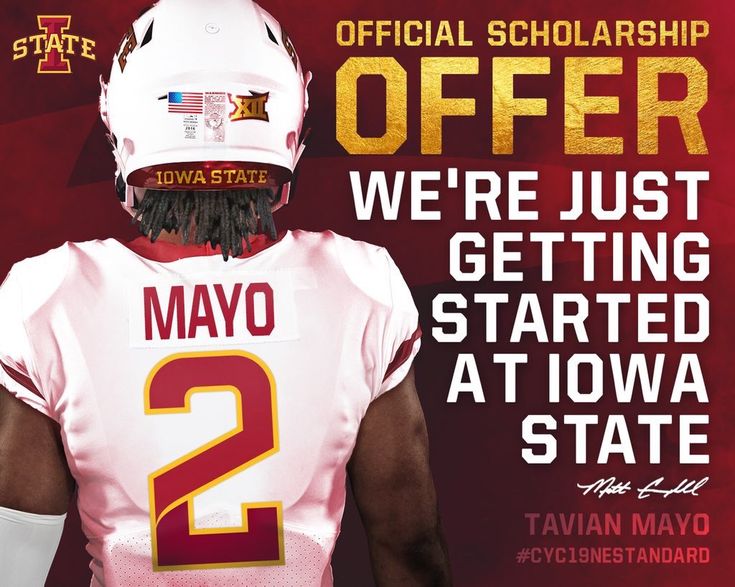
When does recruiting start for football?
If you’re wondering how to get recruited for football, you first need to understand when the recruiting process starts. Before we launch into the dates, it’s important to note that there’s a difference between when athletes should start the recruiting process and when they should expect to hear from college coaches. The recruiting process technically starts as soon as the athlete has committed to playing collegiate football. Once they’ve made this decision, they should start researching schools, creating their highlight video and completing the groundwork needed for a successful recruiting process. Typically, the bulk of this work should take place during the athlete’s freshman and sophomore year of high school.
The top athletes will start to hear from college football coaches as early as middle school. But for the majority of recruits, high-level D1 programs will start seriously recruiting football players their sophomore and junior years of high school. Often, they will fill their roster for a recruiting class by the end of the recruits’ junior year of high school or early in their senior year. D2, D3 and NAIA coaches will wait until recruits’ junior year in high school or senior year, looking to see who didn’t get picked up by a D1 program.
Often, they will fill their roster for a recruiting class by the end of the recruits’ junior year of high school or early in their senior year. D2, D3 and NAIA coaches will wait until recruits’ junior year in high school or senior year, looking to see who didn’t get picked up by a D1 program.
The sooner your family starts the recruiting process, the more opportunities will be available. This is especially true if the athlete wants to target D1 programs—they need to get their information in front of coaches before those coaches fill their rosters for that recruiting class.
Related Articles
- What are the benefits of high school football rankings?
The importance of star ratings in football
Star ratings are splashed across all the major football recruiting websites: Rivals.com, ESPN, Scout.com and 247Sports.com. While each of these organizations has slightly different criteria for how they evaluate high school athletes and rank them, they generally all analyze film footage, live games, camps and combines, and overall athleticism to make their decisions.
Just as the methods for assigning star ratings differ, what they signify will be slightly different from platform-to-platform, as well. These star ratings are meant to signify how a recruit is expected to impact a D1 football team. Here’s an overview of what the star ratings generally mean:
- Five stars: These are very rare, elite prospects, who will likely be difference-makers on a D1 college team as a true freshman.
- Four stars: Outstanding prospects, these recruits are expected to make significant contributions to the success of their team as a young collegiate player.
- Three stars: Good prospects, these athletes might need a little more development before they make a significant contribution to their college team.
- Two stars: An average recruit, two-star athletes need the most time to fully develop their skills, but they still have the potential to become a major contributor later in their college career.

The star ratings have a few specific purposes: They provide the general public with an easy way to see who the top recruits are so they can track their recruiting journeys. The ratings also help college coaches find athletes who are the right caliber for their program. However, and we can’t stress this enough, star ratings aren’t an exact science and they are only helpful to a point. Plenty of three-star, two-star and no-star athletes have had successful college—and professional—careers. If you get a ranking, use it as a baseline to help you target the right programs. But don’t let it deter you from contacting coaches at your reach schools.
How does the new redshirt rule impact football recruiting?
Thanks to an NCAA rule change, redshirt Division 1 FBS and FCS football players can now compete in up to four games in a season without losing a year of eligibility. The new rule, which goes into effect starting with the 2018-2019 football season, means players will no longer lose their redshirt status for taking as little as one snap during a game.
Since over half of D1 football players redshirt their freshman year, this rule change means college coaches will adapt their recruiting tactics by seeking to attract recruits with the promise of meaningful playing time and development during the first year of their college career. As you begin to communicate with college coaches, ask about playing opportunities for redshirt freshmen.
Getting started: Level set your talent and expectations
The football recruiting process starts with the recruit, their family and the current coach. Athletes and parents should sit down and go through the following questions, answering as honestly as possible:
- Am I ready for the demands of being a college football player? No matter what division level your athlete competes at, football is going to take up a lot of time. There will be early practices, training sessions, games, studying film and travelling on top of classes and homework. Make sure your athlete is ready for this level of commitment before diving into the recruiting process.

- Am I good enough to play college football? Answering this question requires athletes to critically analyze their current skillset and athleticism, as well as project how much they’ll be able to improve by the time they are a freshman in college. This is a great time for athletes to loop in their current coach to discuss their goals of playing college football and have an honest conversation about the recruit’s skill level. Athletes can also get evaluated by a third-party like NCSA.
- What division level(s) am I qualified to play at? There are hundreds of opportunities for softball players at the Division 1, Division 2, Division 3, NAIA and junior college levels. Ask your current coach, a qualified third-party like NCSA and college coaches themselves what division levels you might be qualified to compete at. Learn more about the different division levels.
Research schools and create your target list
One of the best football recruiting tips that we can give: do your research and cast a wide net when looking at schools! Ideally, start out by contacting a lot of college coaches—around 20-30—and then you’ll pare down your list over time. Here’s how we recommend organizing your target list.
Here’s how we recommend organizing your target list.
- 5 safety schools: These are schools you know you’ll be able to play at and for which you qualify academically. Get in touch with these coaches early on so the coach knows you’re genuinely interested. Many athletes find that programs they never considered originally ended up being their best college fit.
- 10 target schools: This is where you’ll put the schools that are your best match athletically, academically and socially—the ones you really want to focus on in your recruiting.
- 5 reach schools: These schools might be out of your price range or very competitive academically or athletically. Add them to your list as a great goal to strive for.
Football recruiting tip: Always include a mix of division levels in your target list. You might be surprised which division level is right for you, and it maximizes your opportunity to get a college football scholarship.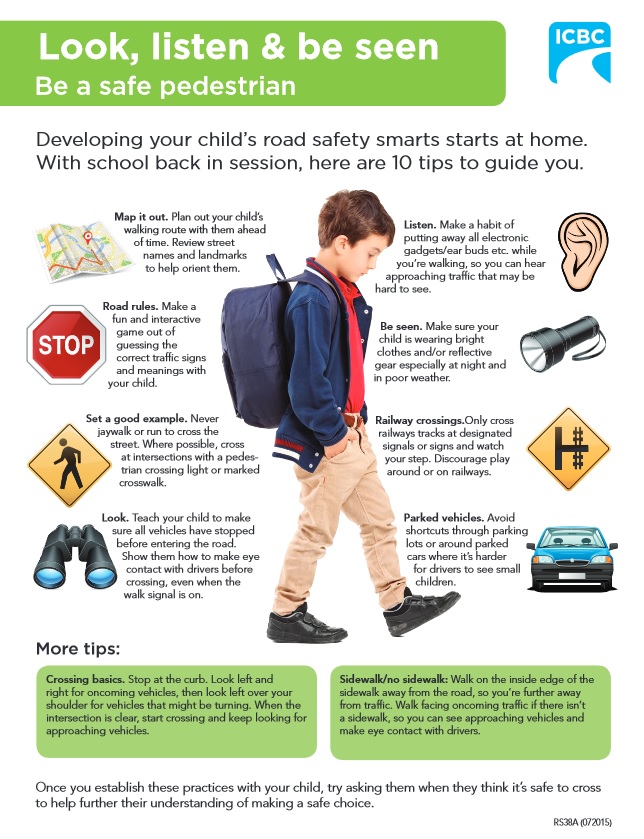 Check out this list of questions to ask yourself to help you find your best college match.
Check out this list of questions to ask yourself to help you find your best college match.
Create an eye-catching highlight video
There’s no mincing words here: recruits’ highlight videos are critical to the recruiting process! College coaches just aren’t able to go out and watch every recruit compete in person. Not only do the high school and college seasons overlap, but high school players only compete in one game a week, providing a very small window for college coaches to see them play in person. Recruits need to capture their best skills and plays in a three- to five-minute video—and that’s not an easy task! Here are a few general tips to get started:
- Use varsity game footage for your highlight film. Coaches want to see how recruits compete against top athletes and how they react in a game setting.
- Eliminate intro and music. Coaches aren’t listening to the music and they don’t care about lightning bolts or flames.
- Treat your highlight video like a commercial—start with your biggest plays to really capture coaches’ attention.

The highlight video is a great way for athletes to get their foot in the door with a coach. If the coach is interested after viewing the highlight video, they will either arrange a time to watch the athlete play in person, or they will request full game footage. Learn what skills recruits need to show off in their recruiting video for their position.
Proactively reach out to the coaches on your target list
Here’s a quick step-by-step guide for communicating with college football coaches. For more information, visit the Contacting College Coaches page in our College Recruiting Guide.
- Send an introductory email to the college coach, including your highlight video and key stats.
- Follow up with a call to the coach, mentioning the introductory email.
- Respond to all correspondence from coaches, including recruiting letters, emails, social media direct messages and more.
- Continue to follow up with the coaches, sending them updated stats and new highlight videos, inviting them to watch you compete or congratulating them on a recent win.
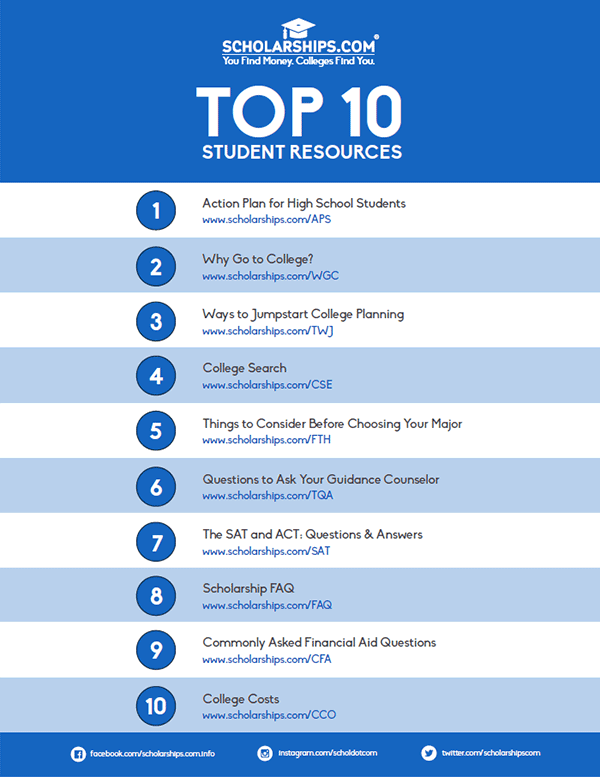
Football recruiting tip: If the recruit isn’t sure who to reach out to at large- to mid-sized football programs, start with the recruiting coordinator. If there’s no recruiting coordinator, contact the position coach, then the assistant coach and finally the head coach.
Get your current coach involved to help build relationships with college coaches and evaluate your skill set
Athletes should keep their high school coaches in the loop throughout their recruiting process! A football recruit’s high school coach is an important part of the athlete’s recruiting team. High school football coaches can facilitate an introduction between their athletes and college coaches. In fact, many high school coaches already have relationships with college football coaches. If they think an athlete might be a good fit for that program, they can send the college coach a recommendation.
Furthermore, a recruit’s high school coach will often have full game film, which will be crucial for recruits to create their highlight video.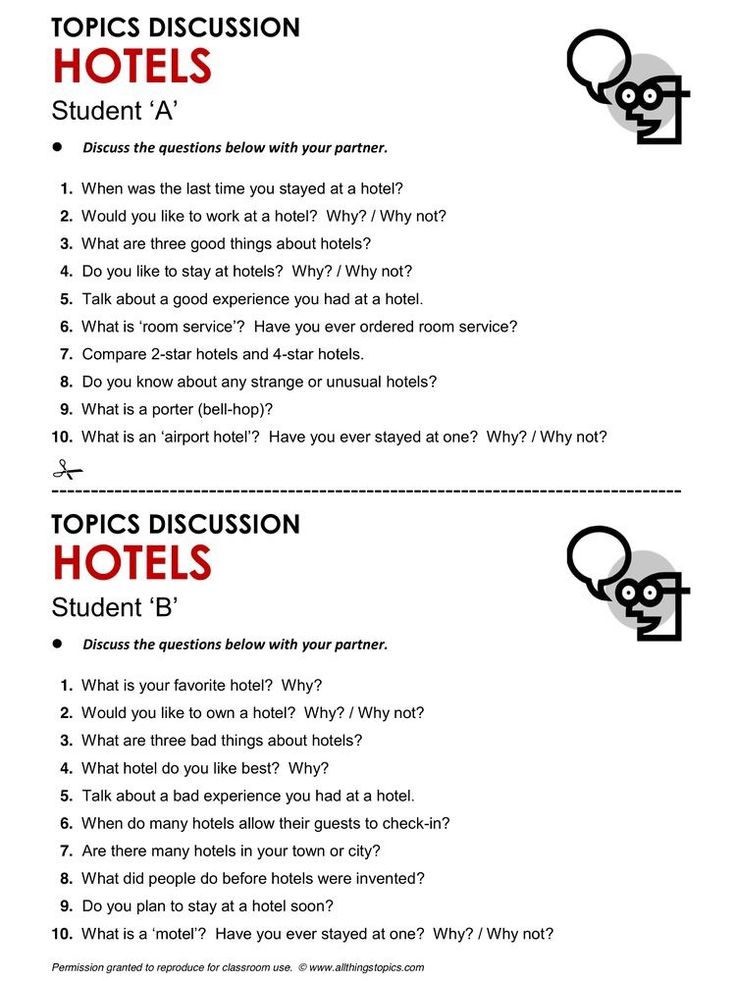 They can also help recruits pick out the right plays to include in their highlight video, as well as give them an evaluation on their skill, providing ideas on what that athlete needs to work on to make it to the next level.
They can also help recruits pick out the right plays to include in their highlight video, as well as give them an evaluation on their skill, providing ideas on what that athlete needs to work on to make it to the next level.
In short, athletes should lean on their high school coaches throughout their recruiting process, as they can be a valuable resource for building rapport with college coaches, getting exposure to college coaches, sorting through game film and practicing skills that need improvement.
Attend camps, combines, showcases and junior days that will get you in front of the coaches
Attending football camps, showcases and junior days is incredibly important for the same reason that recruits need a great highlight video: college coaches often have limited time and resources to watch every recruit in-person. Camps are a great way for recruits to really show off their skill set to the coaches who they are interested in. They can also help athletes build relationships with coaches and get to know them personally.
While college coaches are not typically in attendance, combines are still an important part of the football recruiting process. At combines, football players have the opportunity to get their verified football stats, or football numbers that have been taken by a trusted, third party. Attendees will be tested in football skills, including: the 40-yard dash, 3-cone drill, shuttle run, vertical jump and broad jump.
Learn more about how to use camps, combines, showcases and more in your recruiting.
Manage your football recruiting process
Oftentimes, we see families get stuck in a holding pattern in their recruiting, which leaves them wondering if they are on the right track and questioning if they really know how to get recruited for football. This is typically a sign that they’re in the “managing” phase of the recruiting process. There are plenty of ways families can keep their recruiting moving forward when they reach this point:
- Update your highlight video with new footage and plays.
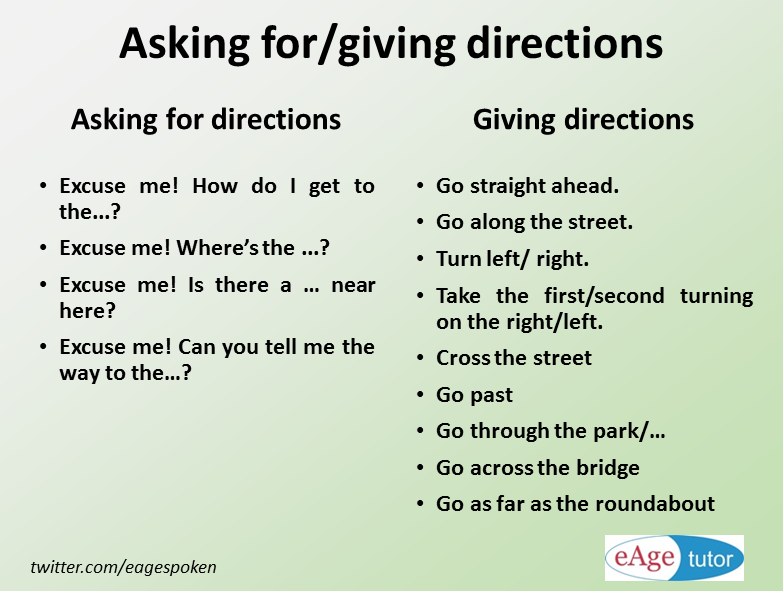 Once the athlete has created a new video, this is a great opportunity to email the coaches on their list and send them the updated footage.
Once the athlete has created a new video, this is a great opportunity to email the coaches on their list and send them the updated footage. - Continue to be proactive in communicating with college football coaches! Athletes don’t necessarily have to reach out to college coaches every week, recruits should keep them updated about their progress every month or every other month and send the coach their schedule so they have the opportunity to watch the recruit compete in person. Check out these 25 reasons to update a college coach.
- Update your NCSA profile with new athletic or academic stats, a new video, an updated transcript or personal statement. When coaches search for an athlete’s profile, they’ll see an accurate snapshot of the student-athlete.
- Go on unofficial and official college visits. The only way to really know if a school is right for you is to visit the campus. Make sure you schedule a time to meet with the coach, check out the training facilities, see the library, tour the freshman dorms and ultimately ask yourself, “Can I see myself living here for four years?”
- Continue to update your target list of schools.
 Throughout your recruiting, schools on your list will inevitably drop off, move up or down on, or even stay right where they are. Check back in with your list of schools every quarter to make sure you’re prioritizing your recruiting appropriately.
Throughout your recruiting, schools on your list will inevitably drop off, move up or down on, or even stay right where they are. Check back in with your list of schools every quarter to make sure you’re prioritizing your recruiting appropriately. - Take the ACT and SAT. For NCAA and NAIA academic eligibility, your standardized test scores are extremely important. We recommend taking the ACT or SAT the fall of junior year so athletes have time to retake the test in the spring if they need to boost their score.
- Stay on top of your academic eligibility. Make sure athletes are on track to achieve the grades, test scores and core courses they need to be academically eligible.
- Double check the deadlines. Go over when the following are due: your NCAA Amateurism Certificate, the Free Application for Federal Student Aid (FAFSA), your college applications, NCAA and NAIA Eligibility Center registration, final transcripts and proof of graduation.
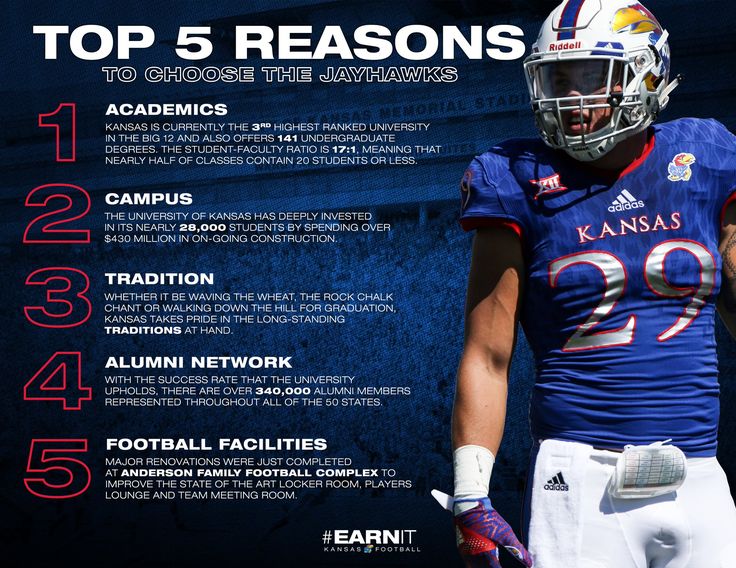
Take Your First Step in the Recruiting Process
Create a free profile to get verified and speak with an expert
250k+ college athletes committed
Understand scholarship offers and how to negotiate
For most athletes, the goal of the football recruiting process is to get a scholarship offer. NCAA D1 football is deemed a headcount sport, which means that every scholarship given must be a full ride. Anyone on the team who isn’t on scholarship, must be a walk-on, or non-scholarship athlete. For every other division level, including NAIA, coaches can break up their scholarship money however they want, usually giving the most to the top athletes or specific positions. Learn more about the different types of offers in our College Recruiting Guide.
Most families want to know tips for negotiating a better scholarship offer. The best bargaining tool an athlete has: offers from other schools. Coaches do not want to lose recruits to other institutions—especially rival schools.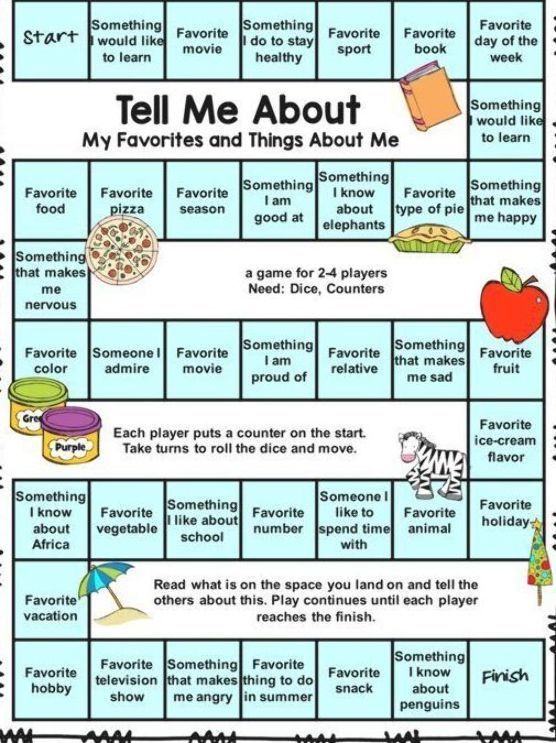 Ideally, athletes want to have serious recruiting interest from five schools to negotiate the best offer. Always negotiate based on Expected Family Contribution, or how much money your family will be paying out of pocket after everything’s factored in. To learn more about scholarship negotiation, visit our college recruiting guide.
Ideally, athletes want to have serious recruiting interest from five schools to negotiate the best offer. Always negotiate based on Expected Family Contribution, or how much money your family will be paying out of pocket after everything’s factored in. To learn more about scholarship negotiation, visit our college recruiting guide.
While it may be tempting for a prospect to take the first offer and be done with recruiting, it’s important to find a good college match that meets athletic, academic, social and financial needs. The best college is one where a prospect would want to attend regardless of football because NCSA data shows over 45% of underclassmen athletes are not listed on their college roster the following year.
To formalize a scholarship offer and make it legally binding, the athlete needs to sign with the school. About 650 NCAA DI and DII schools use the National Letter of Intent (NLI), and NAIA and NHCAA schools have their own version of the NLI to sign. The NLI is a legally binding document, so families should double—and triple—check they know what they’re agreeing to before putting pen to paper. By signing this document, an athlete agrees to compete at the school for one year, and the school is promising to provide the recruit with the agreed upon scholarship for that one year.
By signing this document, an athlete agrees to compete at the school for one year, and the school is promising to provide the recruit with the agreed upon scholarship for that one year.
Families should note on January 15, the National Letter of Intent (NLI) extended their signing dates for D1 football to give athletes until August 1, 2021 to sign their NLI due to the coronavirus.
And now the recruiting journey is over! Don’t forget to celebrate this important moment as you look ahead to the next chapter of your life.
Related Articles:
- Learn more about offensive positions in football.
- Learn more about football plays.
- Should parents let their child play football?
Insider tip: Despite the impact that coronavirus had on college sports, as of June 1, 2021, the NCAA resumed its regular recruiting rules and activity! Coaches are actively working to fill their rosters, so student-athletes should be proactive in reaching out to coaches.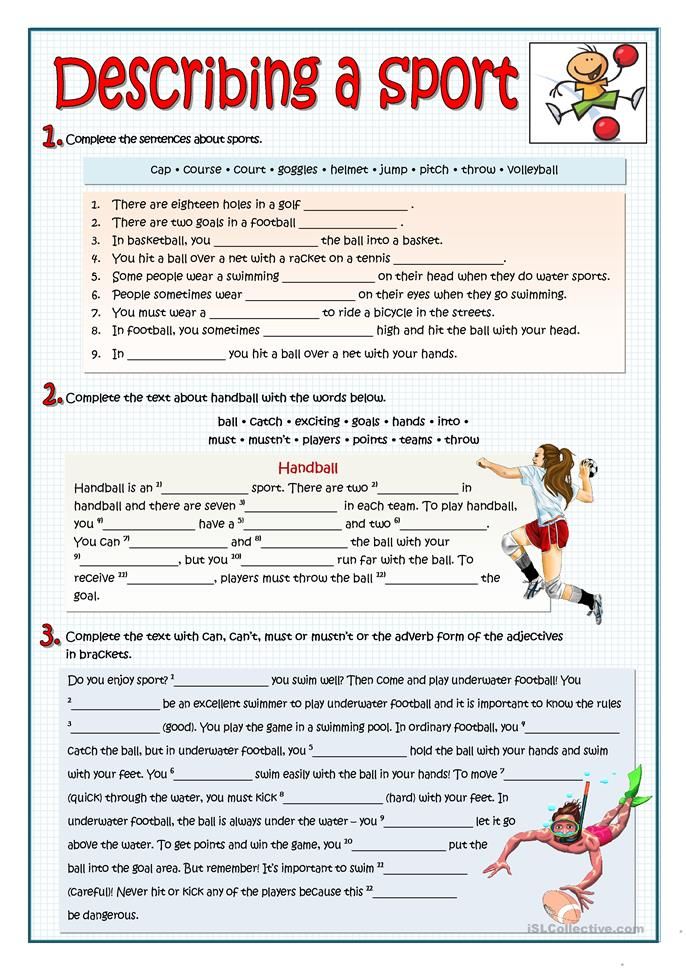 Read up on how the extra year of eligibility granted to athletes who were most affected by the pandemic in 2020 will impact future recruiting classes.
Read up on how the extra year of eligibility granted to athletes who were most affected by the pandemic in 2020 will impact future recruiting classes.
How Parents Can Help You Get Recruited To Play College Football
While performance and execution are a fundamental necessity for the child when it comes to getting recruited to play football at both a high school and college level, it is not the only way to get recruited. As a parent, there are five important ways that you can help your child best position themselves to get on the radar by college coaches.
A beneficial approach is to organize your child’s experience for college coaches to access it easily. This can be done by creating a Hudl account for your child. This way, you can organize your child’s contact with college coaches while collecting field films to present to prospective coaches. College football scouts constantly track their contacts and films that other student-athletes submit. You need to do the same to stay ahead of the curve and increase success for recruitment.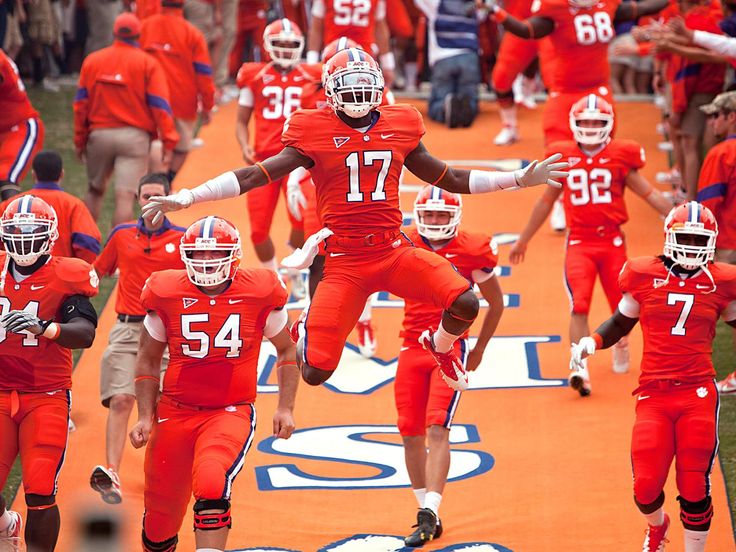
Register for NCAA Clearinghouse
NCAA Division I and II levels are big leagues, with many student-athletes attempting to get into. Because of this, you need to create the best and most aggressive plan of attack to ensure that your child is noticed if you want them to try for one of these divisions.
The best way to do this is to register them with the NCAA website. Make sure to go to www.ncaa.com to register on their clearinghouse to have your child certified with the NCAA. This process is a must-use. Although there is a small fee to register, it will pay dividends in the long run if your child can crack into the division, especially with the ability for scholarships for playing.
The benefit of the NCAA Clearinghouse is it holds as an additional place to store film and increase exposure for your child. Even if they plan on playing Division III or are undecided about which level they would like to play, you can still create an account for them on the website and boost that level of exposure for them.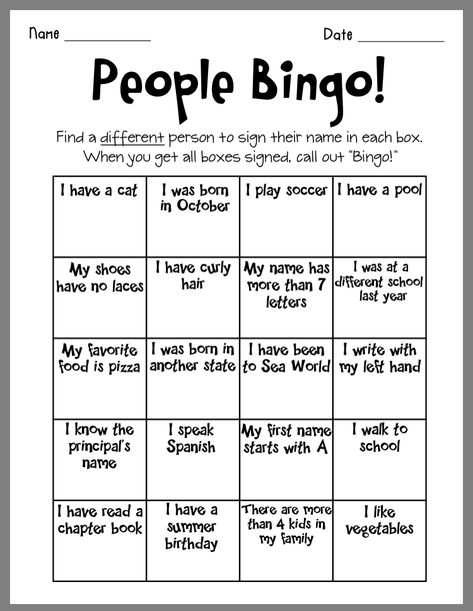
Ultimately, when addressing the ways of recruitment, there is no such thing as too much exposure to become a football recruit.
Don’t Get Too Involved
When helping your child get recruited, there is importance from the difference between being involved and getting too involved. While it is crucial to involve yourself within the recruitment process as a parent with your child, it is also essential for your child as the frontrunner with their recruitment. College coaches are continually looking at the parents’ involvement when recruiting. If the coaches feel that the child doesn’t want to play the sport or get recruited by a program and it is primarily the parents’ choice, they will notice this immediately send out a cautionary red flag.
Often, the overarching level of involvement from the parent is a negative factor towards the student-athletes success. The best approach to attempting this is to sit down with your child, find out their top picks, and help motivate them to continue the front-running in their recruitment process while addressing the backend part.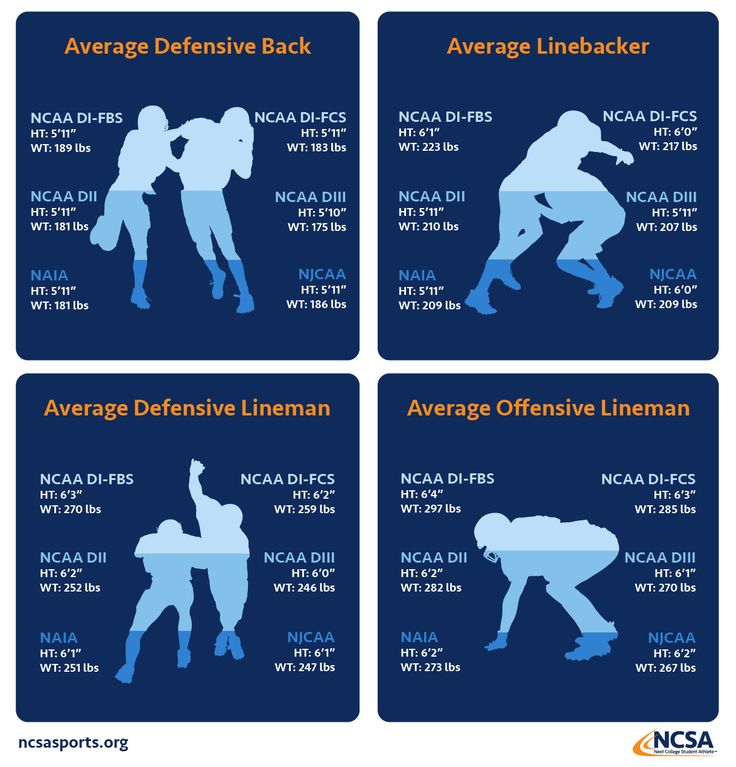
Help them Decide Which Division Level is the Best Fit for Them
Talking with your child about what division they may be interested in and what division they are the best fit for is critical to ensuring that they are putting their best foot forward.
Most student-athletes are only aware of Divison I and II of athletic programs because of the media push from these programs. It’s important to encourage your child to assess their strengths and their end goal. Developing around a well-built Divison III school may mean that your child has more playing time than a Divison I or II school. Along with division leagues such as the NAIA and NJCAA, which have competitive athletic programs, athletes can earn scholarships and have a lot of playtimes.
Building the complete sports resume
After discussing their division expectations and hopes, it is also important to create and finalize their sports resume around their strengths.
Like a career resume, this will showcase their accomplishments and goals during their high school career.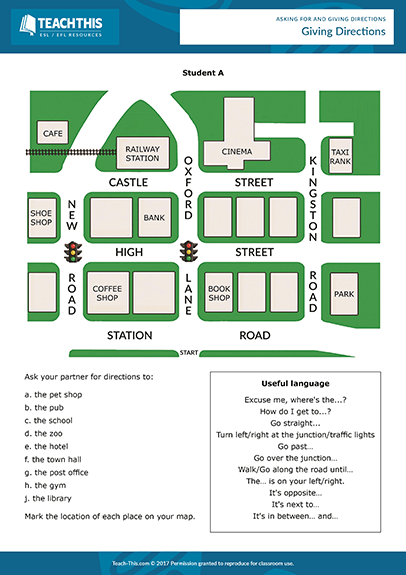 This can be done through both a paper application and a digital one. The benefits of this could allow you to add on your child’s Hudl and NCAA account that you had created in the earlier steps.
This can be done through both a paper application and a digital one. The benefits of this could allow you to add on your child’s Hudl and NCAA account that you had created in the earlier steps.
This way, you can have a running list that shows both facets of your child as a student and an athlete. Most people only look at the athletic perspective for recruitment, but the significant factor has an athlete who is also focused on their sports. When creating the resume, don’t limit it to strictly athletic endeavors; be sure to include academic accomplishments as well.
After you have accomplished each step in this article, you will have a good get forward to helping your child become a success story for football recruitment. The more effort and material you give the recruitment team, the better your child will have with a potential offer.
Be sure to also sign up for a free profile to access the largest network specifically designed to connect athletes to opportunities.
American football for dummies.
Offensive strategies change from time to time, with running play being preferred over passing play, yet the forward throw is one of the most interesting elements of American football. The most memorable plays in the history of football include long "bombs" (passes), thanks to which the match is won in the last seconds or the team takes the lead, changing the dynamics of the match. It is impossible to resist the collective yell as the ball launched into the air descends and is about to be in the hands of the receiver. And when the ball is caught by the defender (thus committing interception ), then this is an equally exciting event that can also affect the outcome of the match.
Offensive scores points by moving the ball towards the opponent's end zone. This chapter focuses on one "half" of the offense: the passing game. About the other "half" - the remote game - we will tell in the next chapter. In 1980, NFL passing plays outnumbered rushing runs for the first time since 1969, and the ratio hasn't changed since.
Introduction to passing game
For many fans, passing is the most interesting part of football. Watching a quarterback launch a long pass and a receiver bounce off the ground and soar into the air in an attempt to catch the ball is a lot of fun. Green Bay Packers founder and player-coach Earl Lambeau made his offense pass in the mid-thirties. However, over time, the teams moved away from the passing game. In the 60s and 70s, running game and zone defense (when the defenders were deep in the field and covered all the free spaces) sucked all the juice out of the passing game.
The passing game acquired a second wind after the rules introduced in 1978. First, defenders were allowed to touch receivers only 5 yards from the line of scrimmage. Previously, defenders were allowed to hit, shove, or push receivers anywhere on the field. Also, offensive linemen were allowed to open their palms and fully extend their arms in order to block pass-rushers. The loosening of offensive blocking conditions has resulted in better marking for quarterbacks, and therefore more time to shoot.
Embed from Getty Images
It was around this time that teams began to actively place the responsibility of receiving the ball on running backs. In 1979, Bill Walsh took over the San Francisco Photoniners and capitalized on the new rules and the concept of "running backs as receivers" by creating the West Coast Offensive system. For the first time, teams began to play from passing formations, and the passing began to dominate the run.
For passing play to be successful, quarterbacks and wide receivers (wide receivers, tight ends, and running backs) must work on timing daily. Receivers must run the same routes and the quarterback must throw the ball at predetermined points on the field. Visually, passing play can seem like a fairly simple activity: the quarterback throws the ball and the receiver catches it. In fact, this is a very difficult aspect of the game. Offensive lines should give the quarterback enough time to shoot (more than two seconds), and receivers should try to catch any ball, even if the pass is not successful.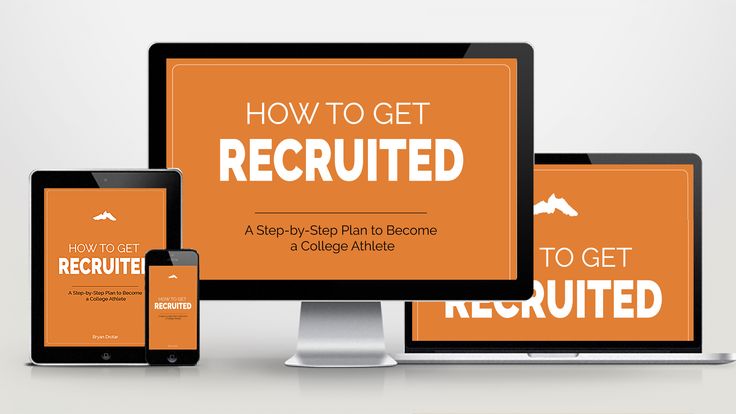 Sometimes a wide receiver must get off track and run into any open area of the field to be targeted again by the quarterback.
Sometimes a wide receiver must get off track and run into any open area of the field to be targeted again by the quarterback.
Receiver roles
A quarterback is worthless without receivers ready to catch the ball. As a rule, wide receivers and tight ends are receiving the ball, although running are often involved in the passing game. In the 2009 season, wide receivers led 22 of the 32 NFL teams in catches. In Indianapolis, Dallas, Chicago, Oakland, Philadelphia, San Diego, San Francisco, and Tampa Bay, tight ends most often took the ball.
Recipients can be of any size. There are high and low, thin, frisky and fast. To be a successful wide receiver, you need to have flexible hands (so that you can catch the ball), as well as the ability to play cool under pressure from a defender. You also need to be able to take hits. Receiver play is considered attractive, but all teams expect their wide receivers to block defensive backs. Each team expects its receiver to be able to drag the cornerback with him, or at least prevent him from capturing the runner.
Tight ends are not as fast as receivers as they play a full blocker role in many plays. They can weigh up to 30kg more than wide receivers and teams don't expect them to have the same strength and power as offensive linemen, but the best in the business - like Tony Gonzales and Vernon Davis a few years ago - work above average on the block and while remaining excellent receivers.
Embed from Getty Images
Standard offensive formations have five players on the field who can receive the ball: two running backs, a tight end and two wide receivers. Wide receivers are commonly referred to as X and Z. Receiver-X, also known as 9The 0003 split receiver (split end) is usually located on the weak side of the formation, and the Z-receiver, also known as the flank receiver (flanker), is located on the strengthened side of the formation. The tight end is called the Y-receiver.
The separated wide receiver was so named because he was a winger (thirties offenses used two wingers on offense) located 10 yards from the base formation on offense.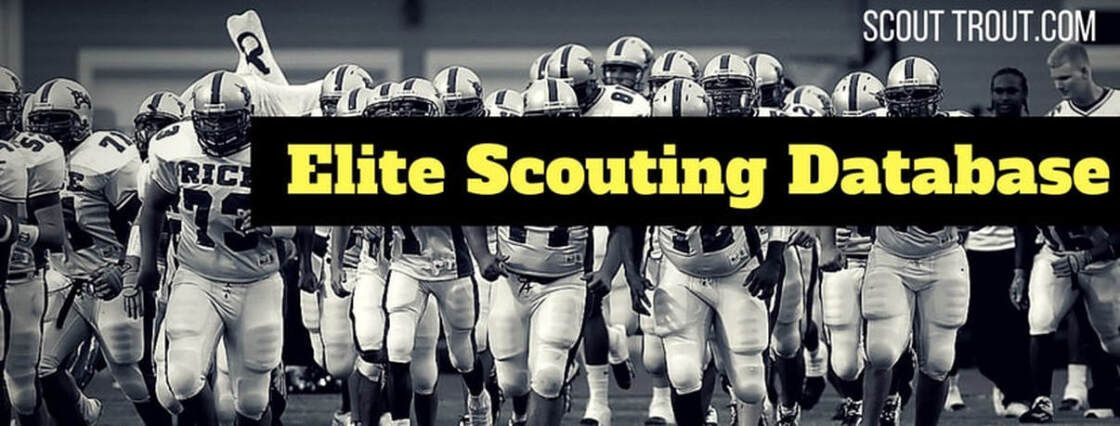 That is, he separated from teammates. The player on the other side, the tight end, was adjacent to the offensive tackle. The wing receiver was originally a running back, but as the offensive game developed, he began to be located on any of the flanks of the formation, but not on the line of scrimmage, as did the separated receiver or tight end.
That is, he separated from teammates. The player on the other side, the tight end, was adjacent to the offensive tackle. The wing receiver was originally a running back, but as the offensive game developed, he began to be located on any of the flanks of the formation, but not on the line of scrimmage, as did the separated receiver or tight end.
In many offensive systems during tight end passing plays, another receiver changes. In the following diagram, you can see how the tight end was replaced by the receiver-Y.
Let's look at the details of the receivers' game, and also find out what they need to do to get rid of personal cover.
Standing
Before the receivers begin to work on catching the ball, they need to get into the right position in order to simultaneously provide themselves with conditions for a sharp start from the line of scrimmage and protection from a possible collision with the defensive back. Even at the most beginner level, a receiver must understand that he must open before he can catch the ball, and the right stance will allow him to make a sharp start from the line of scrimmage.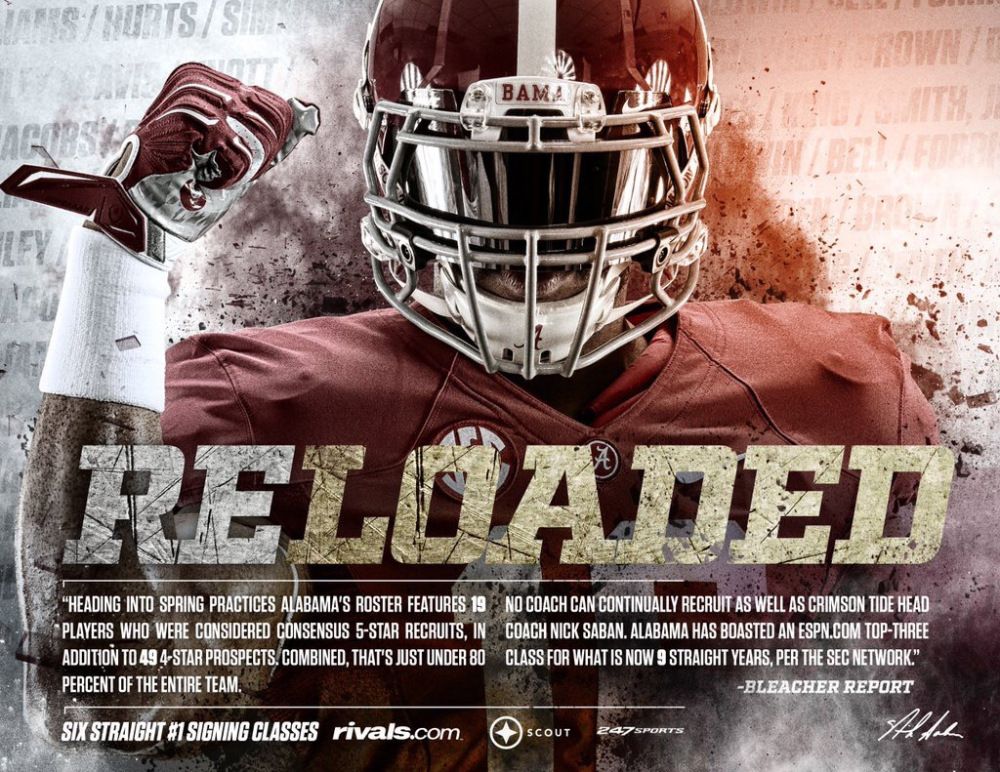 A quarterback won't throw the ball to a closed receiver, and when it comes to throwing to an open receiver, every step counts.
A quarterback won't throw the ball to a closed receiver, and when it comes to throwing to an open receiver, every step counts.
In the standard stance, the receiver's feet are shoulder-width apart, as on the starting block while running - the left foot is on the line of scrimmage, and the right foot is 45 centimeters behind. The player must lean forward just enough to make a quick start off the line immediately after the ball is in play. You can not lean too much, it threatens to tip forward.
A good wide receiver uses the same stance every play because he doesn't want to tell the defense whether to pass or run. Bad receivers get up somehow in front of remote draws.
Correct formation
One receiver, usually separated, lines up on the line of scrimmage. The other receiver, the winger, must stand behind the line of scrimmage at a distance of one yard, because by the time the ball is put into play, no more than seven offensive players should be located on the line of scrimmage. A smart receiver checks with the nearest referee to see if he is positioned correctly.
A smart receiver checks with the nearest referee to see if he is positioned correctly.
Embed from Getty Images
| 0075 |
|---|
| The best way to teach your child the standard receiver stance is to take him to the track and show him the runners. If you can't go to the track, then show it on TV or on the computer. Watch how the sprinter positions his legs and then starts after the shot. In football, the starting position is similar, except that instead of shooting, the ball is put into play. It is very good to start teaching your child to stand using the starting block. |
First of all, the receiver must use four points of support, that is, place his feet and hands on the ground. Let him feel the sensation of pushing from the start. Feet should be shoulder width apart. Then give him three points of support so that only one hand touches the ground. The receiver must try this pose 100 times before moving on to the standard stance common to all levels of football.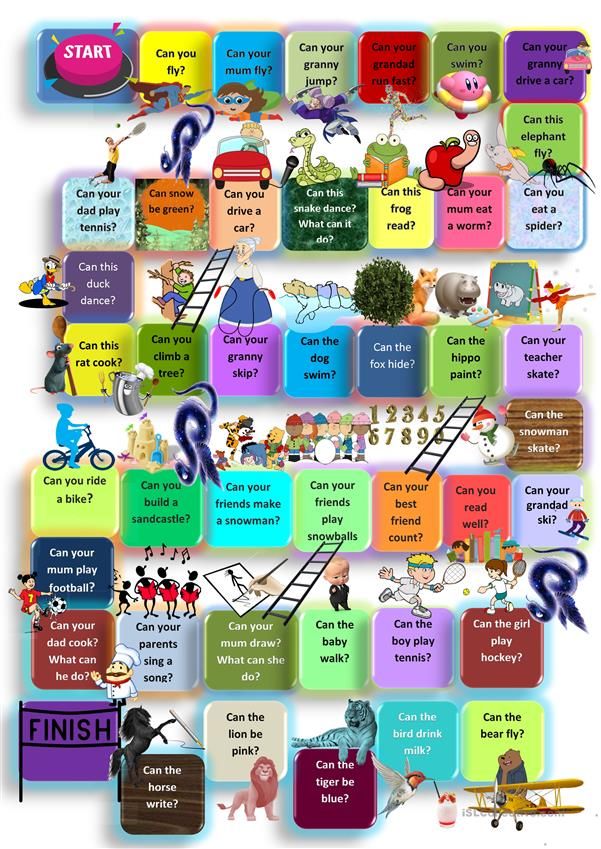 |
The tight end and the split receiver are never on the same side. If the receiver is within 15-18 yards of the quarterback, he will not hear his verbal signals. This means that he must navigate the line and start moving as soon as the ball is in play. After passing the line of scrimmage, the receiver should move towards each shoulder of the defensive back in turn to force him to turn his shoulders perpendicular to the line of scrimmage. The receiver is counting on being able to turn the defender in the opposite direction of the receiver's intended direction of movement.
Reception
Good receivers catch the ball with their arms outstretched. They do not catch by pressing the ball against their shoulders or chest, since in most cases the ball will bounce off the body.
The best technique for the receiver is to hide one thumb behind the other and open the palms so that the other fingers are opposite each other. The player opens the palms as wide as possible while the thumbs continue to touch. Then the palms are raised to the level of the face, as if the player was looking into a tunnel. The tip of the ball must pass through this "tunnel", and then the entire surface of the ball is wrapped around the fingers. Thus, the player keeps the flight of the ball at eye level. If the ball is sent below the waist to the receiver, then he must disengage the thumbs, and the little fingers must touch.
Then the palms are raised to the level of the face, as if the player was looking into a tunnel. The tip of the ball must pass through this "tunnel", and then the entire surface of the ball is wrapped around the fingers. Thus, the player keeps the flight of the ball at eye level. If the ball is sent below the waist to the receiver, then he must disengage the thumbs, and the little fingers must touch.
Correct ball handling technique.
Getting rid of personal cover
Personal cover is a style similar to basketball in which one player marks another. The defender stays with the receiver no matter where he runs. It is his task to make sure that the receiver does not accept the transmission.
Defenders are trying to make a collision at the line of scrimmage and throw the receivers off their route and explosive start. The defensive back's job is to first "harm" the receiver and then push him out of bounds (the receiver is not allowed to return to the field and receive the ball) or prevent him from perfectly running the route and catching the ball.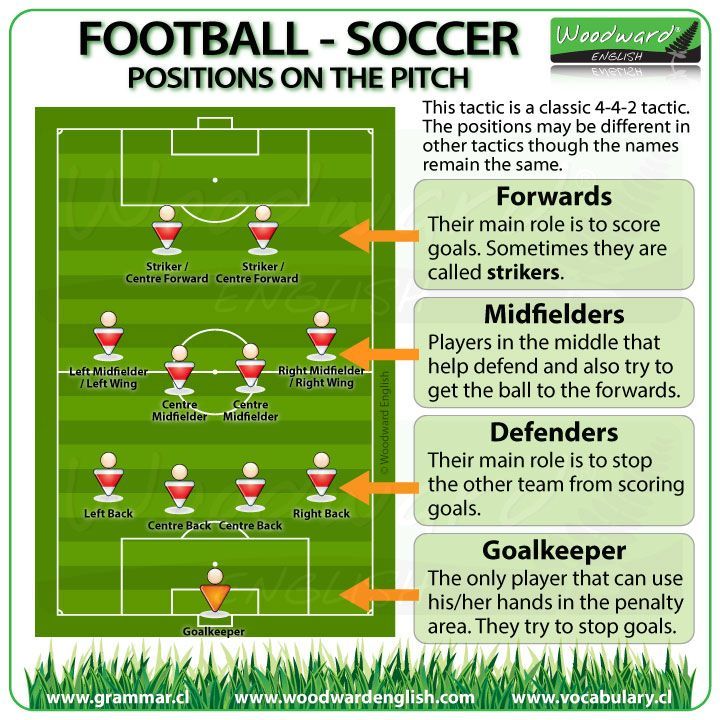 The essence of his game is to take the receiver out of the game on a physical and psychological level.
The essence of his game is to take the receiver out of the game on a physical and psychological level.
The receiver needs to approach this style of play as if he were in the back alley fighting someone who is trying to put him on the ground. When the center puts the ball into play, the receiver must raise his hands to his face, as a fighter would, and must prevent the defender from placing his hands on the body. The receiver's hands work is similar to the teaching style "you to me, I to you", as it looked like in the movie "The Karate Kid".
After the receiver knocks down the defensive back's arms, he should tilt his shoulder and sprint away. The receiver seems to break through the defender's attempts to hold or push him out with one powerful jerk, like a boxer hitting an opponent in the jaw with an uppercut. It was the signature move in the arsenal of Jerry Rice, the greatest wide receiver of all time.
Embed from Getty Images
Another method of getting rid of personal custody is a technique that can be compared to swimming.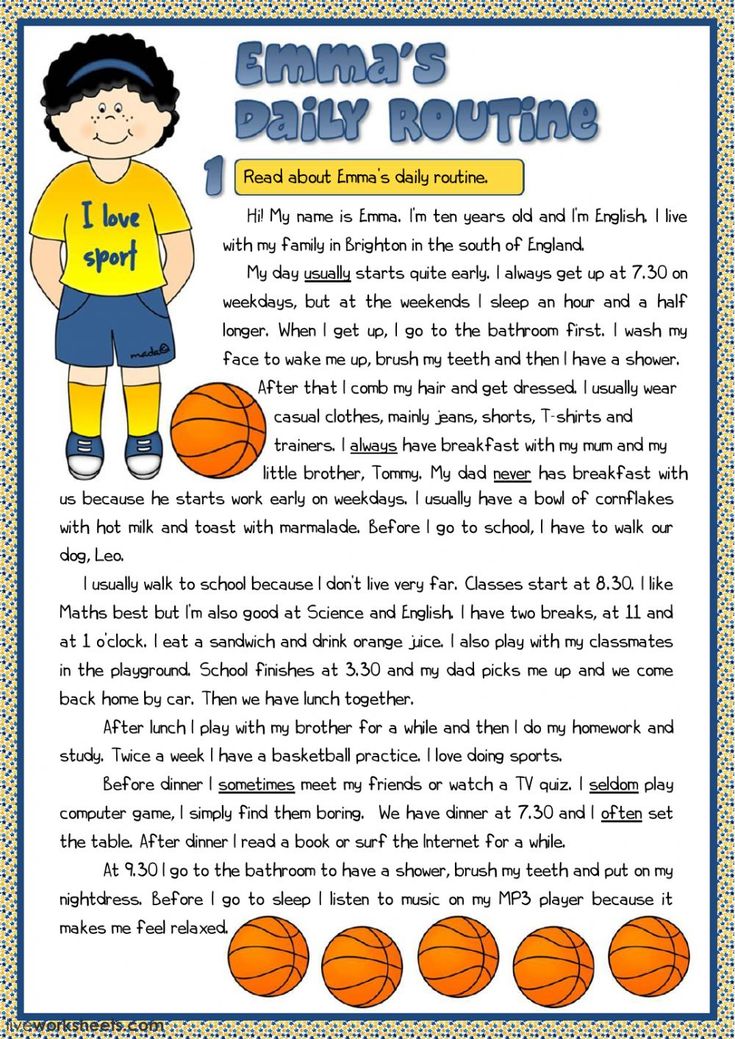 The starting position is the same, but after putting the ball into play, instead of tilting his shoulder and breaking through, the receiver tries to hit the defensive back's arms in one direction while he moves in the other. When the defensive back reacts, the receiver makes a raking motion with his free hand (raises his hand up and forward, then points it sideways). This action takes a fraction of a second. When performing this technique, it is very important not to let the defender grab his hand.
The starting position is the same, but after putting the ball into play, instead of tilting his shoulder and breaking through, the receiver tries to hit the defensive back's arms in one direction while he moves in the other. When the defensive back reacts, the receiver makes a raking motion with his free hand (raises his hand up and forward, then points it sideways). This action takes a fraction of a second. When performing this technique, it is very important not to let the defender grab his hand.
As a rule, the first technique described (tilt and snatch) is used by large-sized strong receivers, and the second (rowing) by smaller receivers.
Passing game terminology
Here are some important terms that come up when talking about passing games. When I was a player, my favorite word was sack - a defenseman's sweet dream and a quarterback's nightmare. I've made 84 sacks in my career and I've enjoyed each one immensely. I also managed to knock down quite a few passes.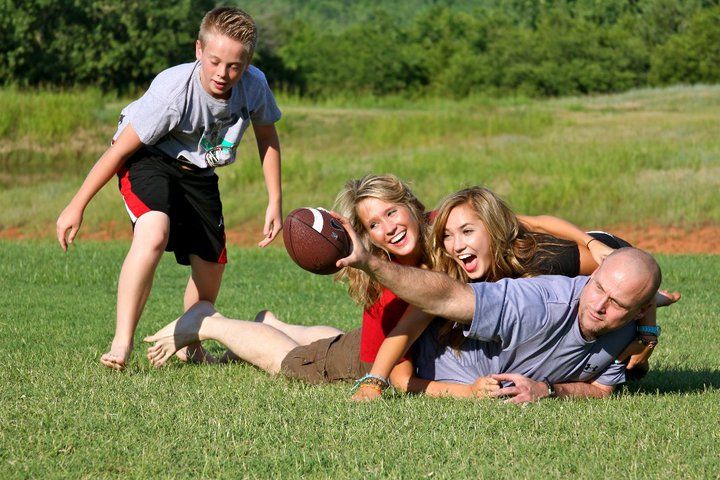 Read and you will understand what it is about:
Read and you will understand what it is about:
- Downed pass: A pass is downed when a defender uses his hands to prevent a flying ball from reaching the receiver. This occurs near the line of scrimmage when the defender jumps up and extends his arms while in the quarterback's "line of fire". A downed pass can result in an interception or a missed pass.
- Delay: The most common offensive offense when a pass is attempted. The offense receives a 10-yard penalty (and a retry) when any offensive player stalls a defensive player by grabbing a defensive player's jersey or by grabbing a player's hand while attempting to tackle the quarterback.
- Illegal forward pass: A quarterback may not cross the line of scrimmage and then throw the ball. This violation occurs when a quarterback runs forward to escape defenders and then forgets where the line of scrimmage was. The offense is penalized 5 yards from the point of infraction and loses the down.

- Intentional Disposal of Ball: A foul occurs when a quarterback in an envelope intentionally throws the ball out of bounds or throws it into the ground. There are three situations where this can happen:
- Quarterback attempts to throw a pass from his own end zone to avoid a tackle. In this case, the defense earns a safety (two points), and the offense loses possession and must hit the ball from its 20-yard mark.
- The quarterback gets more than 10 yards from the line of scrimmage and gets rid of the ball to avoid being tackled for a big loss of yards. A foul is a loss of down and the ball is placed on the spot of the foul, i.e. where the quarterback was standing when the ball was disposed of.
- The quarterback steps back from center and immediately throws the ball straight to the ground. This play is used when the offense wants to stop the clock when the timeouts are over or need to be saved. For this type of violation, the team simply loses an attempt.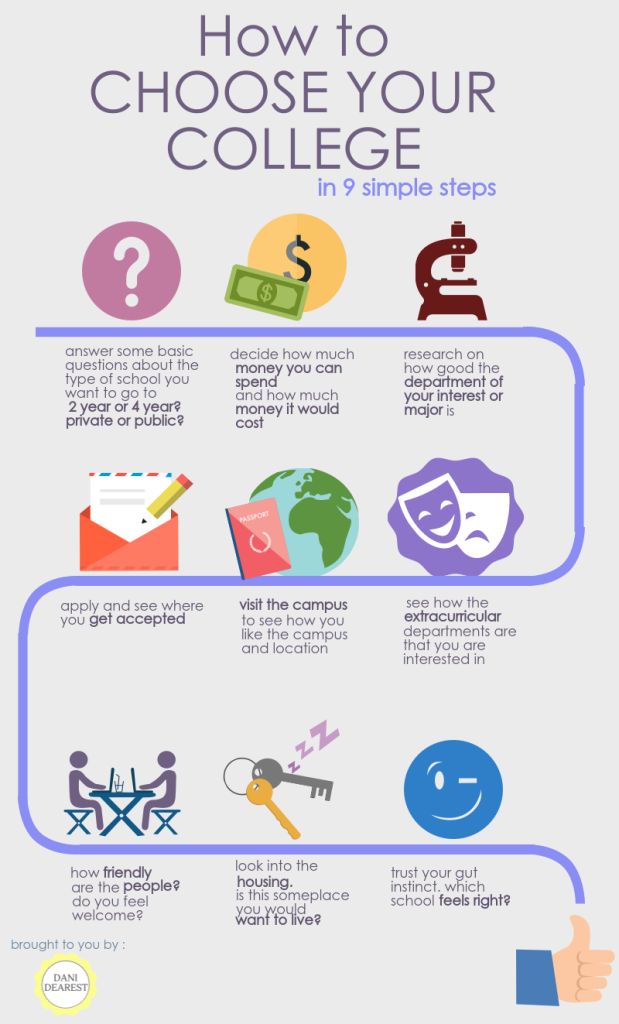
- Interception: Any occurrence in which a defensive player catches a pass. Along with a fumble, an interception is the worst thing that can happen to a quarterback and his team. This is called a loss of possession because the defense has the ball and is able to bring it into the end zone. (Dion Sanders was considered the most dangerous player in terms of interceptions, as he showed high speed in the open field)
- Foul play against passer: This offense is to protect the quarterback from injury. After the ball leaves declarer's hand, any defender must avoid contact with it. Since the force of momentum can cause the quarterback to slam into the quarterback, the rules allow him to take one more step after the ball has been released. But if he hits the quarterback on the second pitch, realizing that the ball has already been released, then the referee will consider it foul play. The defense will receive a 15-yard penalty and the offense will be awarded an automatic first try.
 This offense is often controversial, unless the quarterback is obviously hit by a quarterback after the pass has already been sent. After all, heavyweight defenders sometimes have a hard time stopping.
This offense is often controversial, unless the quarterback is obviously hit by a quarterback after the pass has already been sent. After all, heavyweight defenders sometimes have a hard time stopping. - Sack: A sack occurs when a quarterback tackles the ball behind the line of scrimmage. The sack is the most important defensive statistic and has been maintained by the NFL since 1982 (all other defensive play stats are not official because they are maintained by the teams themselves). In college football, sacks are counted from the same year.
- Trapping: Receivers have to do various difficult moves, but trapping is not allowed. This is the name of the case when the receiver catches a low-flying ball with the help of a lawn. In order for the referee to record the reception of the ball, the receiver must make sure that the ball does not touch the ground at the moment of catching, but is completely clasped by the palms. Sometimes such pranks happen so quickly that you can only figure it out with the help of a video replay.
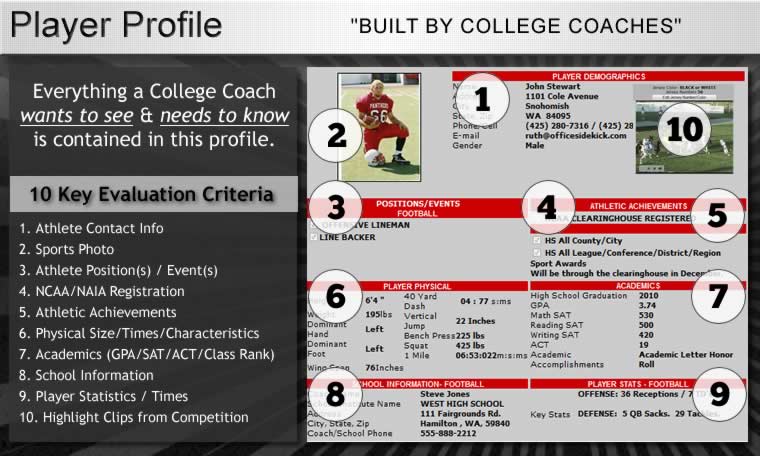
Passing routes
Watching the game at home or in the stands, you can see all the main routes used at all levels of football. In one rally, two or three receivers may run different routes.
With a knowledge of passing routes, you can predict which part of the field or which defender the offense wants to attack, or how the offense will handle which type of defense. Sometimes the route is designed to break the defense system against the run, when the player simply takes the right defender with him. We list the basic routes that can be seen during the games:
- Comeback (roughly translated as "return" in Russian): Receiver runs forward for 12 to 20 yards, then abruptly turns to face the quarterback to receive the ball. The quarterback throws the ball before the receiver turns around. This route is used on the flanks and usually by very fast receivers - the defenders are usually located 5 yards from such receivers in order not to miss them on a fast start.

- Crossing ("Cross"): Receiver runs forward for about 10 yards, then turns sharply to the side (center or flank). Before swerving, the receiver will often try to deceive the defender with a deceptive head and shoulder movement or a false step to the side. The defender is deceived by a change of direction, which gives the receiver the opportunity to receive the ball. As a rule, two receivers run cross-routes at once, which only confuses the defense, and the quarterback takes the shot on the run. This route is effective when defenders are playing their own player rather than guarding a specific area.
- Curl ("curl"): Receiver runs 8-12 yards forward, then turns and takes a step or two towards his quarterback and catches the ball. Thus, he blocks the defender with his back. This route is effective when you don't get many yards on a passing play, and is good when it's being used by big tight ends.
- Hook ("hook"): Much like a "spiral" route designed for tight ends who run 5-7 yards forward, then move towards the quarterback and catch a pre-throw ball.
 Compared to a curl, the player's turn is smoother and the distance traveled is shorter.
Compared to a curl, the player's turn is smoother and the distance traveled is shorter. - Post ("pillar"): Route for 40-50 yards long pass. The receiver runs forward deep into the field, and then makes a 45-degree turn and runs towards the opponent's goal. As a rule, the coach calls this play when he sees that the opponent's safety is deep, and the fast receiver has the opportunity to play in the open space between the defensive lines. At the very beginning of the draw, the receiver with such a route may depict a false movement so that the safety hesitates - this may be enough to successfully complete the "post".
- Slent (“oblique”): Route for the inside receiver (flanker), i.e., located 5 yards from the offensive block. The receiver runs 3 to 8 yards forward, then moves diagonally to the middle. Slant is effective against both zone cover and personal cover, as it is aimed at finding free space in any defensive scheme.
- Square-out (“touchline”): Receiver runs about 10 yards forward, then turns to the nearest touchline and runs parallel to the line of scrimmage.
 The quarterback throws the ball in advance so that the receiver has time to catch it and fix it exactly before going out. Sometimes the throw is made even before the receiver has changed direction. Often these routes can be seen when the attack needs to save time.
The quarterback throws the ball in advance so that the receiver has time to catch it and fix it exactly before going out. Sometimes the throw is made even before the receiver has changed direction. Often these routes can be seen when the attack needs to save time. - Streak or Fly ("straight" or "flight"): In theory, it's very simple: the receiver just runs forward as fast as possible. The main thing is that he should run on the side of the quarterback's shooting arm (on the right, if right-handed). The goal of the receiver is to break away from the defender at speed and receive the ball thrown 20-40 yards. Despite the apparent simplicity, the quarterback must throw the ball not only hard, but also accurately, because a fast cornerback also has a good chance of catching the ball. And in no case should you throw the ball if the opponent is playing with a deep-set safety, because he will have an advantage at all in adjusting to the ball and intercepting it.
- Swing (“swing”): A simple throw to a running back who runs from the rear and heads towards the touchline.
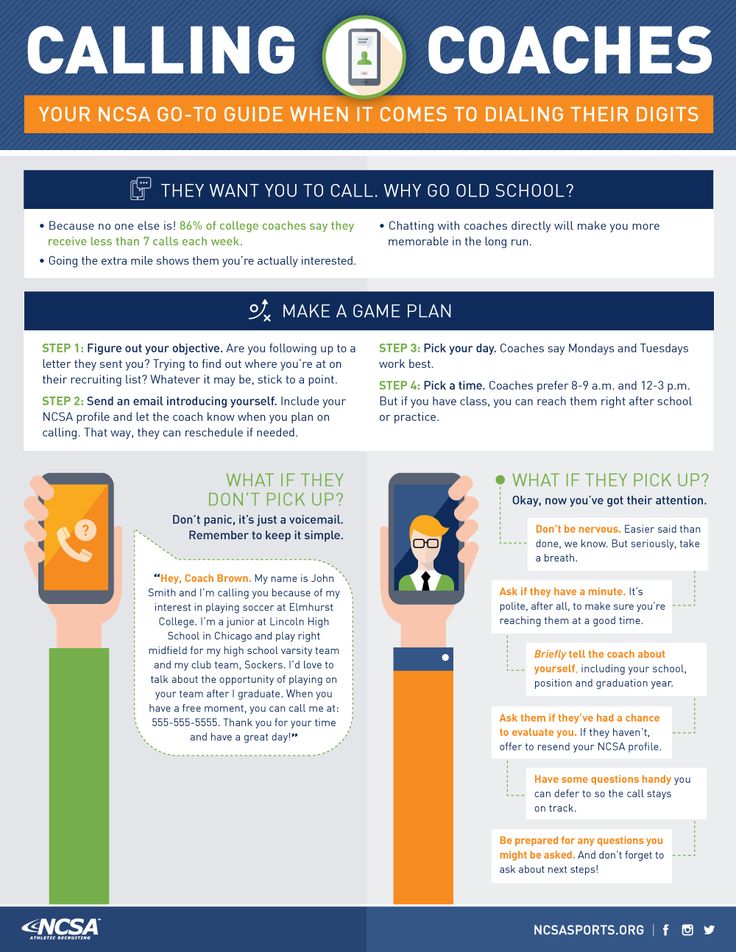 The quarterback in this case does not even need to demonstrate all the passing technique (that is, this classic arm movement is not used), it is enough to throw the linebacker and allow the runner to receive the ball without interference. As a rule, the runner after the reception immediately leaves the field, unless he manages to get around the first meeting defender.
The quarterback in this case does not even need to demonstrate all the passing technique (that is, this classic arm movement is not used), it is enough to throw the linebacker and allow the runner to receive the ball without interference. As a rule, the runner after the reception immediately leaves the field, unless he manages to get around the first meeting defender.
Shotgun formation
In football language , formation means the formation of players in attack before putting the ball into play. The formations evolved as American football developed. The shotgun passing formation was first used by San Francisco Photoniners head coach Red Hikey in 1960. He was wary of the Baltimore Colts' blitzing defensemen, so he positioned his quarterback John Brody 7 yards from the line of scrimmage. Haiki calculated that Brody would have more time to see his receivers and throw the ball before the defenders reached him. The strategy worked, and the Photoniners took a surprise victory in that match.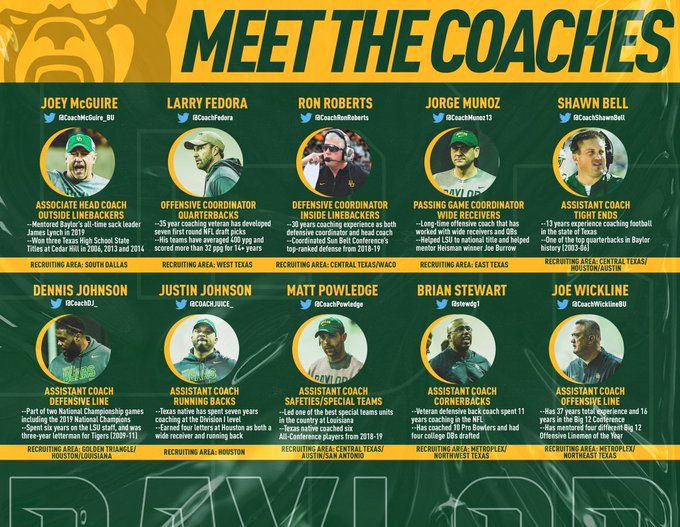
In a shotgun formation, the quarterback is positioned seven yards from the line of scrimmage.
Teams use the shotgun offensively when they have weak passing guards or when they are playing against outstanding pass rushers. The shotgun is also used when a team wants to pass every play, especially when they are behind. However, some teams and coaches often use the shotgun simply because they like it. Other teams use the shotgun only when necessary, such as on the third try when they need to go more than four yards.
Despite its versatility, the shotgun formation has its drawbacks:
- The center must be able to throw a tall and accurate 7-yard snap to the quarterback.
- Defenders can't be fooled anymore. They know you're going to play a passing hand, so the pass rushers will immediately rush to the quarterback to sack.
It takes a quick-thinking quarterback to use the shotgun formation effectively.
Embed from Getty Images
| Passing and receiving masters |
|---|
For the passing game to work, a football team needs real warriors.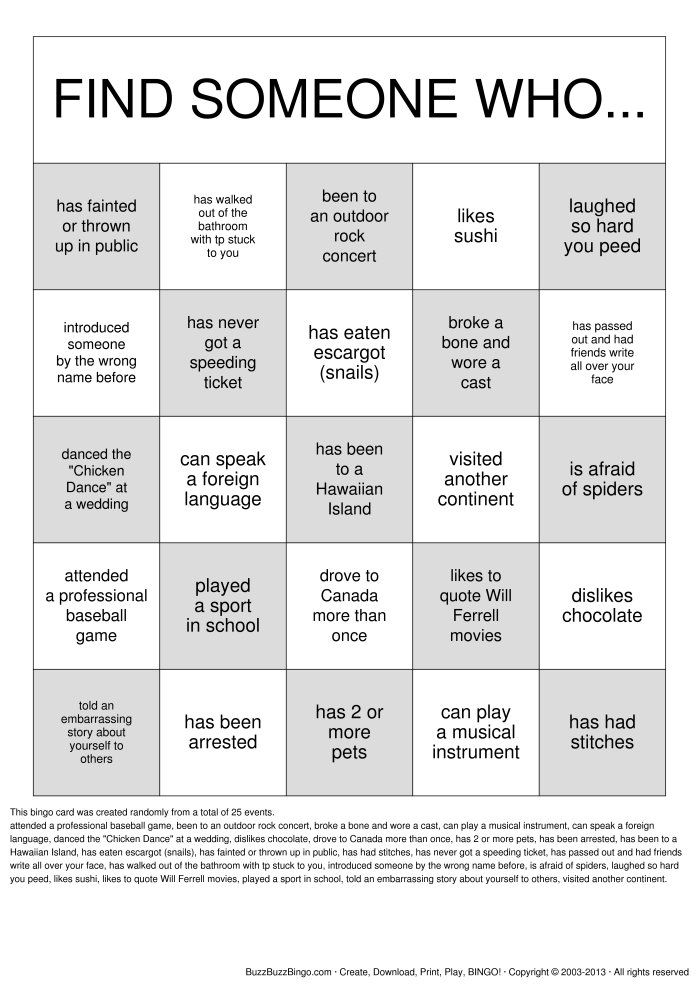 Let's take a look at some of the great players. Many of them combined style with flair and stamina. Let's take a look at some of the great players. Many of them combined style with flair and stamina. |
| The San Diego Chargers had a wide receiver called Bambi. Lance Olworth hated his nickname given to him by a teammate for being quick and agile as a deer. Olworth rushed like the wind and ran all the way to the Hall of Fame. He was the second player in history to reach 10,000 receiving yards. |
| Joe "Willie" Nameth was one of the first players to wear white boots. "Broadway Joe" was a flamboyant quarterback who played for the New York Jets in the sixties and early seventies. He had a habit of walking on the edge in a luxurious fur coat. In the 1967 season, he passed 4,007 yards in 14 games. He also kept his promise to beat the favorites Baltimore Colts in Super Bowl 3. |
Earl Lambeau was the first quarterback coach for the Green Bay Packers. In the 1930s, Coach Lambeau (Green Bay Stadium is named after him) opted for an active passing game when most teams were still killing each other with clearance. Lambeau opened up many star players to football, such as Don Hutson. Lambeau opened up many star players to football, such as Don Hutson. |
| Johnny Unitas is a Hall of Famer, but he hasn't always been a Baltimore Colts star. In 1955, he played in a minor league football and received three dollars a game. The Pittsburgh Steelers drafted him but didn't believe he was good enough for their team and dropped him. Unitas, famous for his black high boots, became the first quarterback to reach 40,000 passing yards in his career. |
| Contents |
|---|
| Part 1: Introduction to American Football |
| Chapter 1: The Greatest American Game |
| Chapter 2: Meet me at the gridiron |
| Chapter 3: Rules and Responsibilities |
| Part 2: Go attack! |
| Chapter 4: Quarterback MVP in American Football |
| Chapter 5: Passing game |
| Chapter 6: Take-out game |
| Chapter 7: Attack Line |
| Chapter 8: Attack rallies and game strategy |
| Part 3: Harsh Defense |
| Chapter 9: Giants of the Defense Line |
| Chapter 10: The Last Stand in the Sekondari Line |
| Chapter 11: Defense Tactics and Strategy |
| Part 4: The rest of the team |
| Chapter 12: Special teams and kickers |
| Chapter 13: Coaches, General Managers and Other VIPs |
| Part 5: Football for all |
| Chapter 14: Quarterbacks in Wheelchairs and Other Awesome Fans |
| Chapter 15: Youth Leagues and High School Football |
| Chapter 16: College football is the cradle of everything |
| Chapter 17: National Football League |
| Chapter 18: Fantasy Football |
| Part 6: Top Ten Lists |
| Chapter 19: The 10 Greatest Defenders of All Time |
| Chapter 20: Over 10 Top Offensive Players |
| Chapter 21: The 10 Greatest Coaches in History |
| Chapter 22: The Top 10 Teams Ever |
| Chapter 23: 10 hottest student fights |
| Part 7: Glossary |
If you find an error, please highlight the text and press Ctrl+Enter .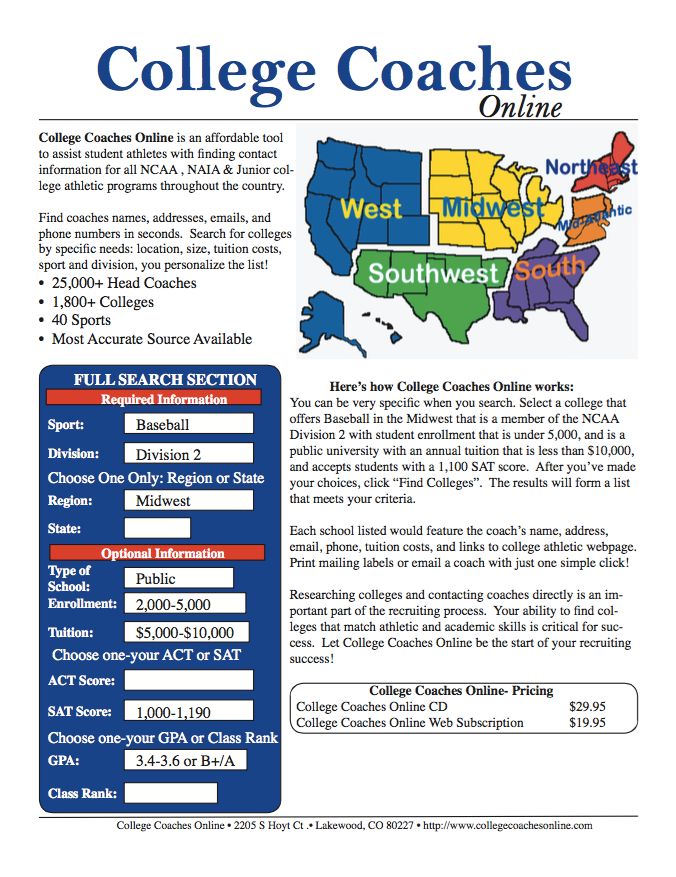
American football - not for kids (Not football #1) - Socks like socks - Blogs
Socks like socks
Blog
.
American football is the most popular sport in the USA. The International Federation of American Football consists of 64 countries. According to television ratings in America, this sport is clearly number one.
In a poll conducted by Harris Pole at the end of 2018, 37 percent of Americans named American football their favorite sport. This is the best result among all team sports by a large margin.
In the direction of the NFL (professional league of American football in the USA), statements about the dangers of the game have been heard more than once. In response to this, the league introduced new rules that should reduce the number of injuries. However, it had little effect on one important thing.
Injury issue not resolved as concussion is still a common occurrence in the game. But concussions are not the main enemy.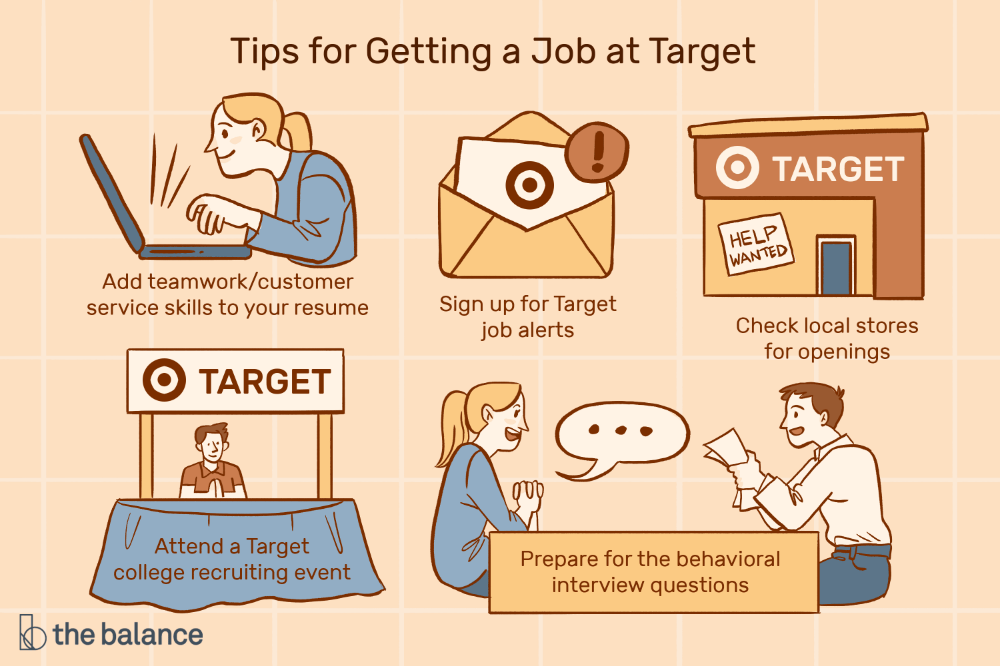 Chronic traumatic encephalopathy of the brain is a disease that is rarely heard about. The disease can cause aggression, memory loss, and more. Find out more about this from a trusted source.
Chronic traumatic encephalopathy of the brain is a disease that is rarely heard about. The disease can cause aggression, memory loss, and more. Find out more about this from a trusted source.
Illness is provoked not only by concussions. It is caused by small pushes that happen dozens of times during the game (especially with attackers).
Professor of Neurology at Boston University Dr. Ann McKee notes:
"Not only concussions can be the cause, but also insufficient blows for concussion with a cumulative effect. Playing American football, you earn yourself brain damage. Unfortunately, we found encephalopathy in more than 96% of our surveyed former professional players.
"It's almost impossible to play football without brain damage."
It is worth noting that encephalopathy will not be helped by new regulations or better helmets.
The National League knows about the disease, but does not take it seriously.